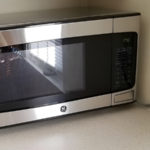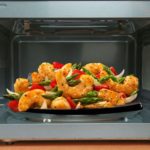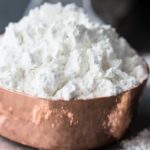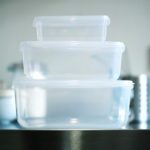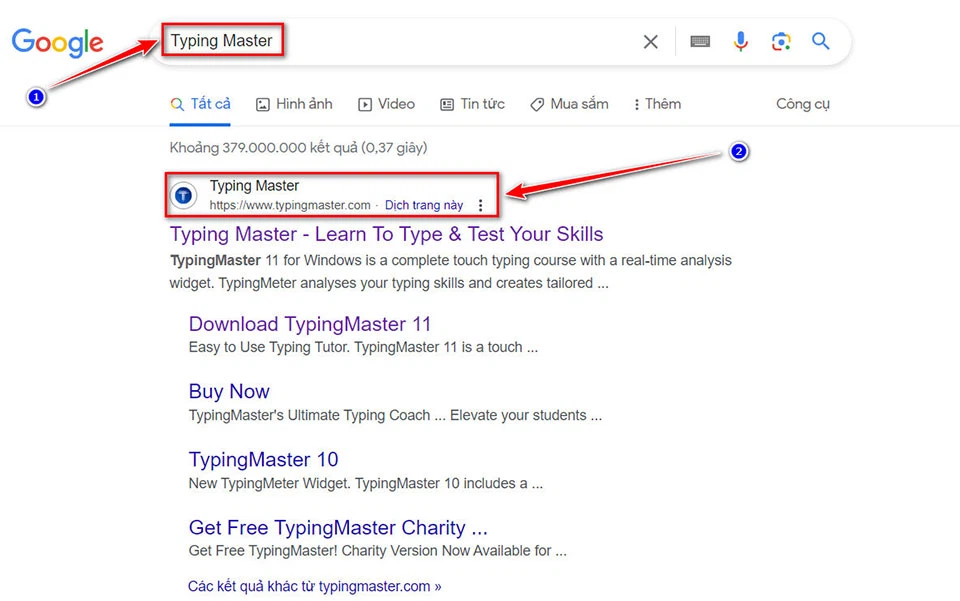Microwaves are a staple appliance in modern kitchens, primarily used for heating food and beverages using microwave radiation. Some dishes can be cooked directly in the microwave without any prior preparation on a stove, making it a convenient time-saver for busy individuals and families.
However, a common question arises regarding the safety of using paper boxes and containers in microwaves. These containers are often used for takeaway or delivered meals, and it’s essential to understand if they can be safely used for reheating food.
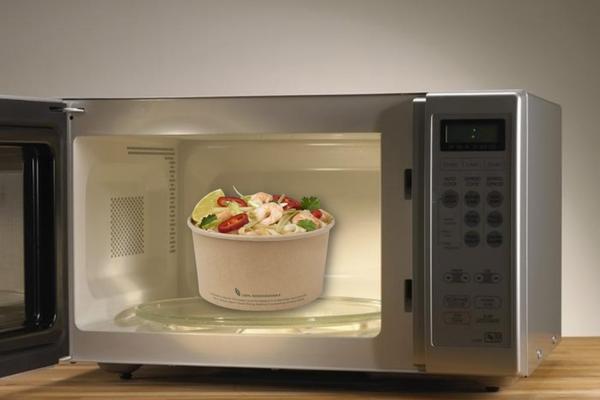
Illustrative image
Expert Advice
According to experts, it is not advisable to use paper boxes or containers in the microwave, especially those designed for single-use. This is because the materials used in their construction can directly impact the health of the consumer.
For instance, components like syrofom, a type of plastic, are often found in paper boxes used for meals such as soup or pizza. When exposed to high temperatures and microwave radiation, these plastics can leach into the food, posing potential health risks.
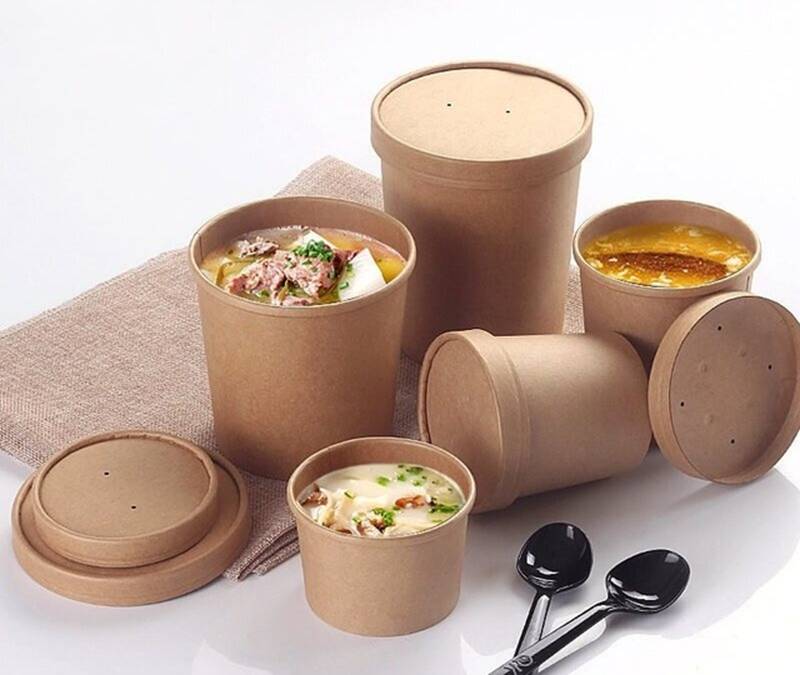
Illustrative image
Additionally, paper boxes have a high percentage of paper content, which is a flammable material. This further emphasizes the safety concerns associated with using them in microwaves.
However, it’s important to note that not all paper boxes and containers are unsuitable for microwaves. A select few on the market are designed to be microwave-safe, but users should always check for specific symbols on the bottom or sides of the box to ensure safety.
Even with microwave-safe paper boxes, there are limitations on temperature and duration. Taste of Home, a reputable source, recommends that thick cardboard boxes, such as pizza boxes, should only be microwaved for 60 to 120 seconds, checking every 30 seconds to prevent overheating. It’s also crucial to set the temperature to the lowest setting.
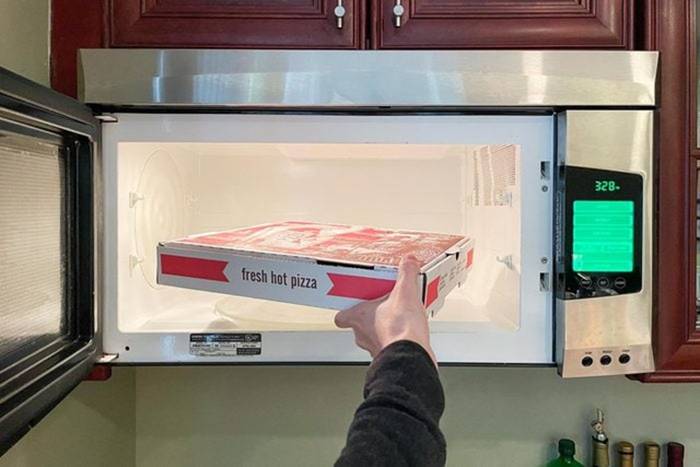
A few types of paper boxes can be microwaved, but specific time and temperature limits must be followed (Image: Taste of Home)
Justin Boucher, Executive Director of the American Food Packaging Forum, emphasizes that manufacturers rarely disclose the exact chemical composition of their products. Therefore, it’s best to avoid using paper boxes in microwaves whenever possible. Instead, transfer food to microwave-safe dishes or containers for reheating.
Items to Avoid in the Microwave
In addition to paper boxes and containers, here are some other materials that should be avoided in microwaves:
1. Metal Objects
Microwaves use microwave radiation to heat food, and this type of radiation does not interact well with metal objects. When metal is present in the microwave, it can reflect the radiation back onto the oven’s interior, causing a significant increase in temperature and potentially leading to fires or severe damage to the appliance.
Therefore, it is crucial to avoid using metal containers, plates, or bowls with metallic patterns or designs. Aluminum foil also falls into this category and should be kept out of microwaves.
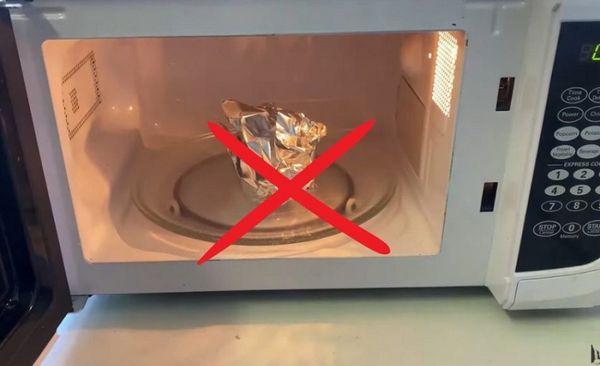
Illustrative image
2. Unsafe Plastic Containers
Similar to paper boxes, plastic containers, especially disposable ones, can be hazardous when exposed to high temperatures in microwaves. They may release unsafe chemicals that can contaminate food. Styrofoam containers, in particular, should never be used in microwaves.
For plastic containers, only use those made of high-quality plastic with a number 5 recycling symbol, PP (polypropylene), or a microwave-safe symbol.
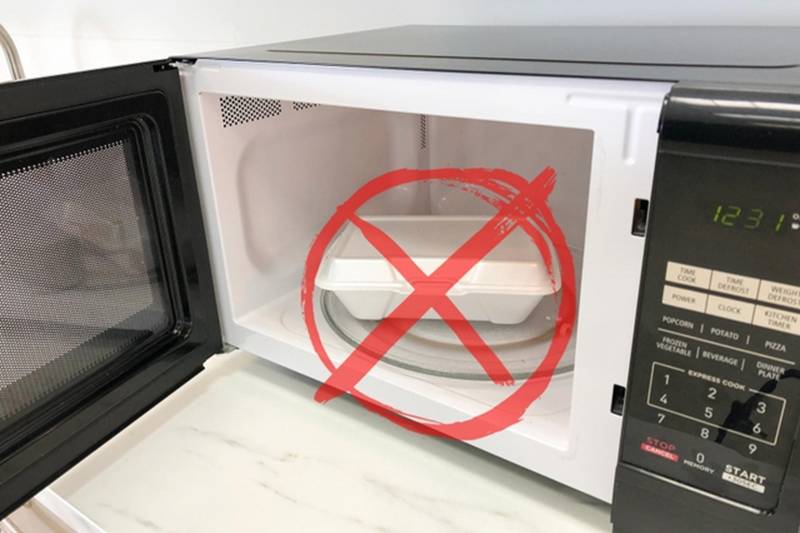
Illustrative image
3. Eggs and Shellfish in Shells
Putting eggs or shellfish with their shells in the microwave can lead to an unpleasant mess. The microwave radiation cannot penetrate the hard shells, causing it to reflect back onto the oven’s interior. To avoid this, always remove the shells before microwaving.
4. Sauces
Sauces can create a mess in the microwave and pose a hygiene issue. When heated, the molecules in the sauce expand, causing them to splatter. Additionally, removing hot sauce from the microwave can lead to burns. It is recommended to use containers with lids or suitable food wrap when heating sauces in the microwave.
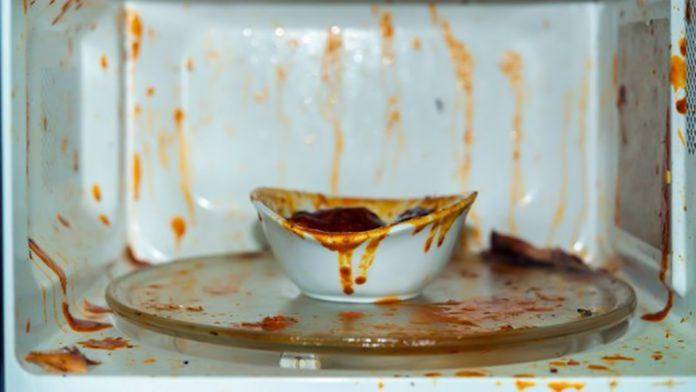
Illustrative image
Beef Stir-Fry: Remember Not to Pour Oil into a Hot Pan. Marinate the Beef First to Ensure Tenderness.
According to Nguoiduatin


























